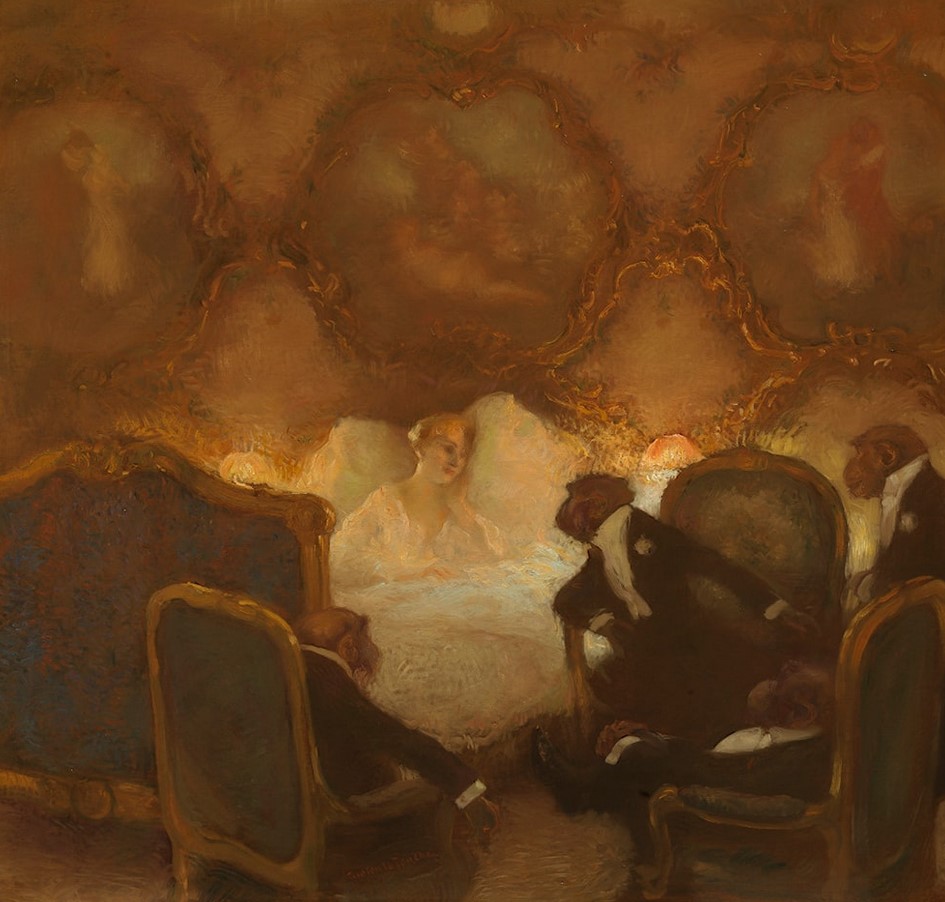
Gaston La Touche was a French classical painter and illustrator best known for the idealism he featured in his paintings where a universe of nymphs, fireworks, parks, and fountains abound in luminous colours and light. La Touche learned from a Monsieur Paul when he was 10 years old and later from Felix Bracquemond and Edouard Manet. Gaston La Touche was born on October 24, 1854 in Saint Cloud. He received the Legion d’honneur in 1900 and was also a recipient of an official commission to paint for the Elysée Palace in 1906. La Touche died in 1913 while working on a painting.
What Does Gaston La Touche Paint About?
Gaston La Touche painted the everyday grim lives of miners and laborers prior to 1890 but later shifted to idealism and the charming world of fêtes-champêtres, gardens, nymphs, and the fantastical elements of nature.
Who Was Gaston La Touche Influenced By?
Gaston La Touche was heavily influenced by Felix Bracquemond who was also a painter shaped by Japanese art. Bracquemond swayed La Touche to use a more varied spectrum of color in his paintings instead of the more sombre palate he was using. La Touche was also influenced by 18th century French artists Fragonard and Watteau.
What Art Movement Is Gaston La Touche Associated With?
Gaston La Touche is associated with the post-impressionist art movement wherein vivid colors, distinct brush strokes, and subject matters based on real life are emphasized. La Touche also highlighted geometric forms for a more expressive visual result.
Gaston La Touche Artwork
Gaston La Touche exhibited his works at the Salon de la Société Nationale des Beaux-Arts, Société des Peintres et Sculpteurs, the Société de la Peinture à l’Eau, the Galeries Georges Petit and in The Hague’s Boussod and Valadon. Below are a few of his creations.
“Happy Holiday”

“The Masquerade Ball”
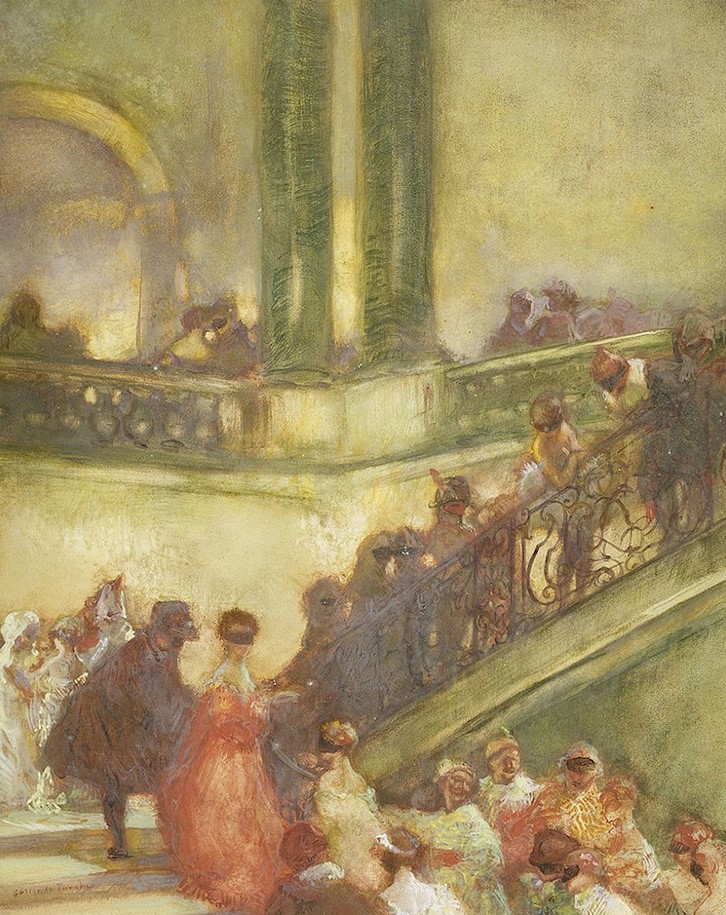
“Bathers”
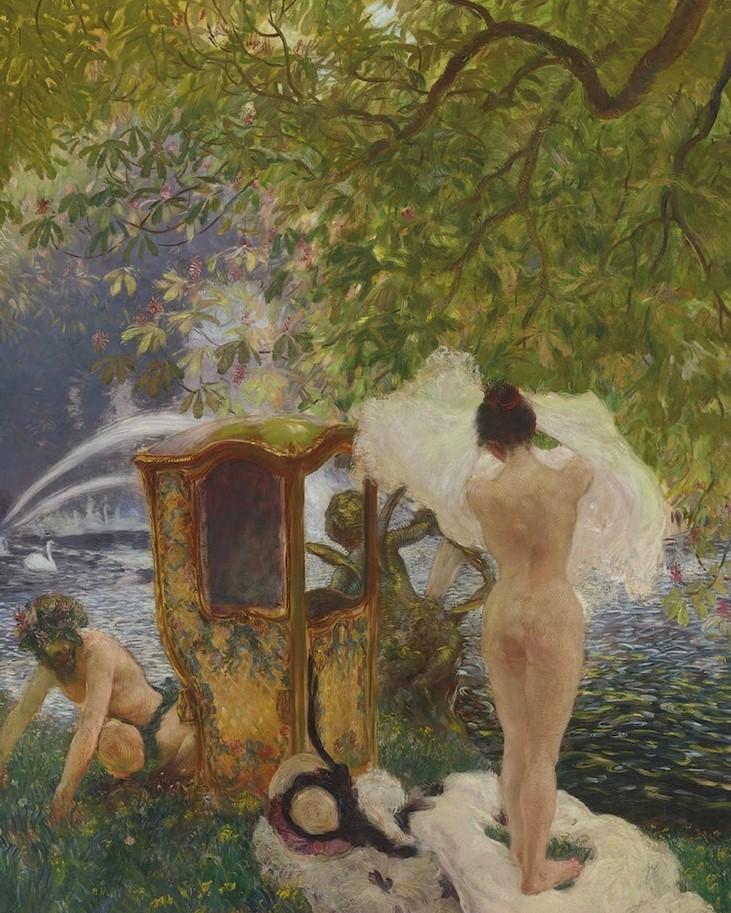
“A Maiden in Contemplation”

“Welcome”

“Woman in Red Dress Fishing”

“The Fairy Garden”

“The Children’s Circle Dance”
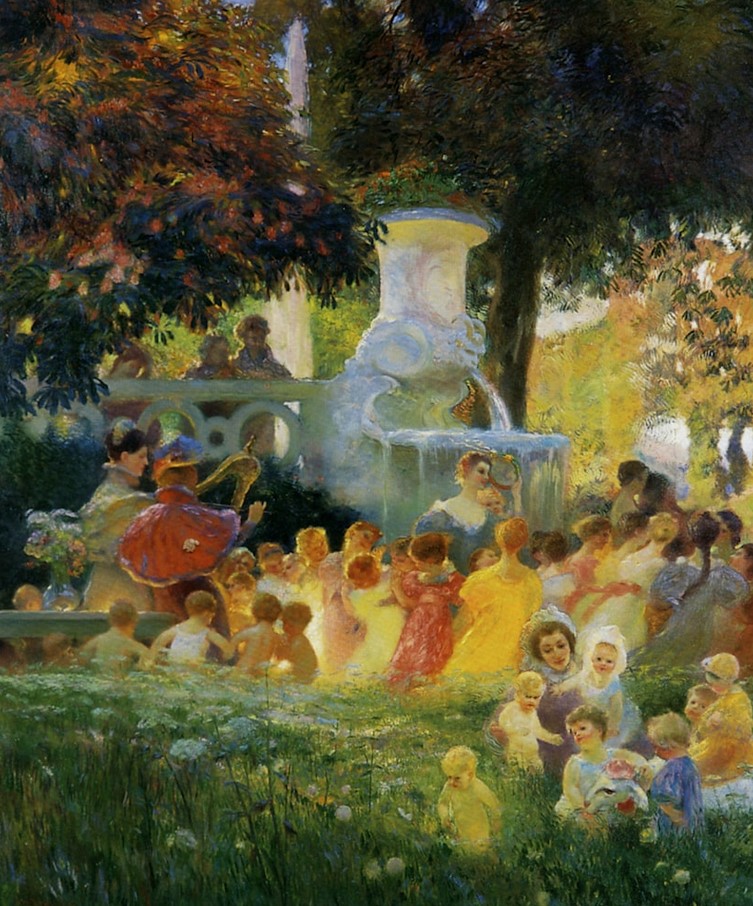
“The Miraculous Catch”

“Moonlight”

“Night Party”
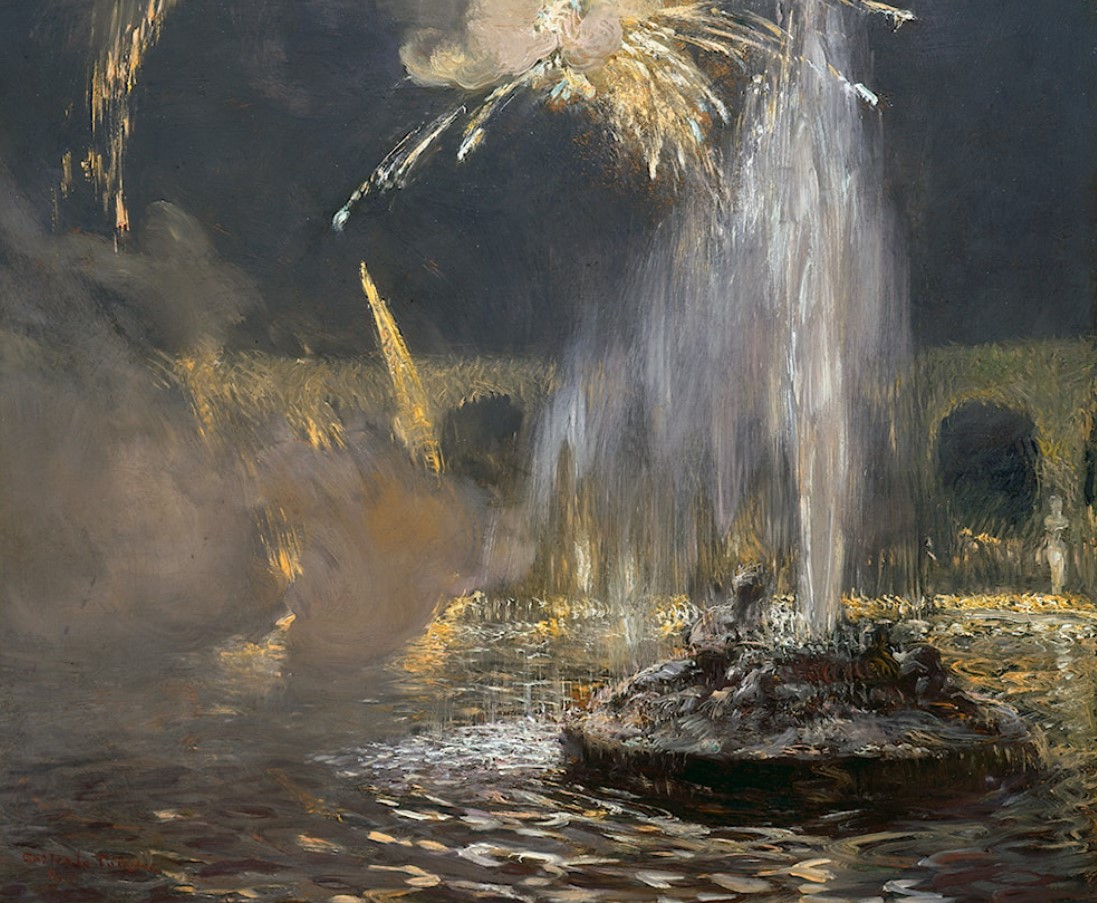
“Fireworks”
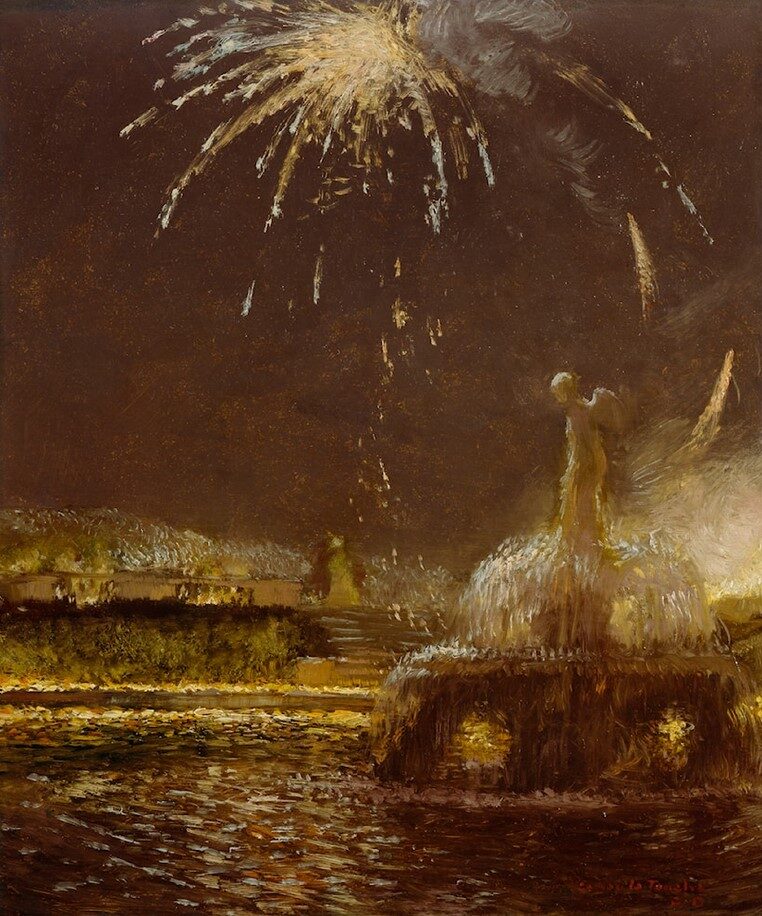
“Cinderella”

“The Party at Thérèse’s”

“Days of the Hearing”
